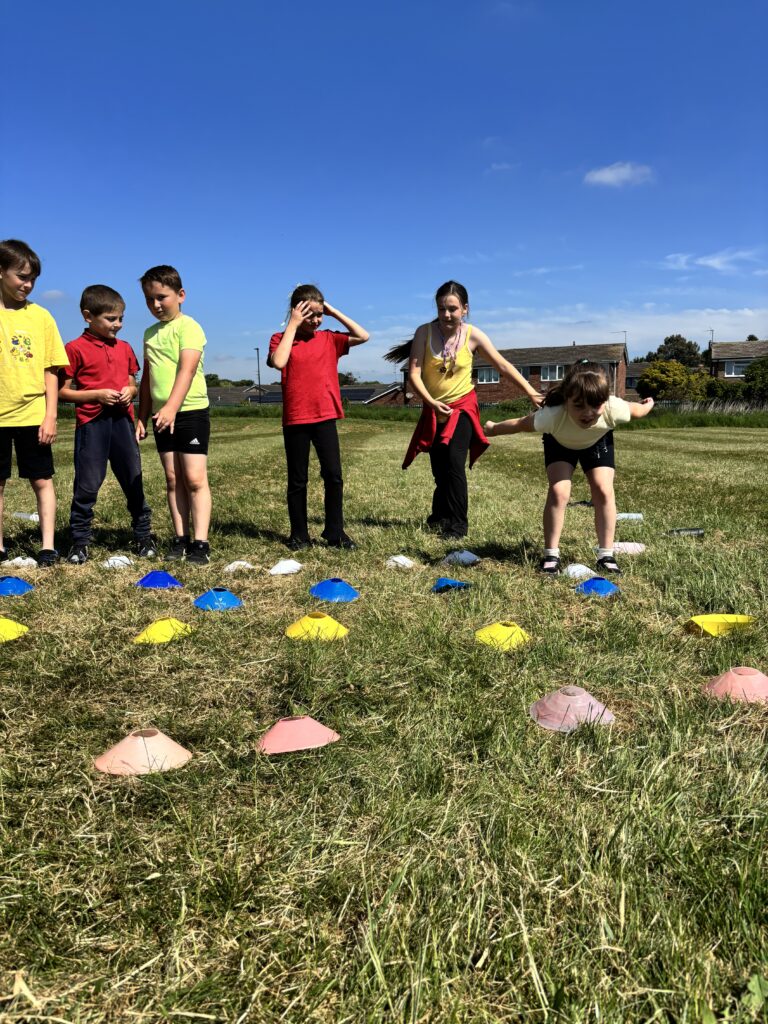



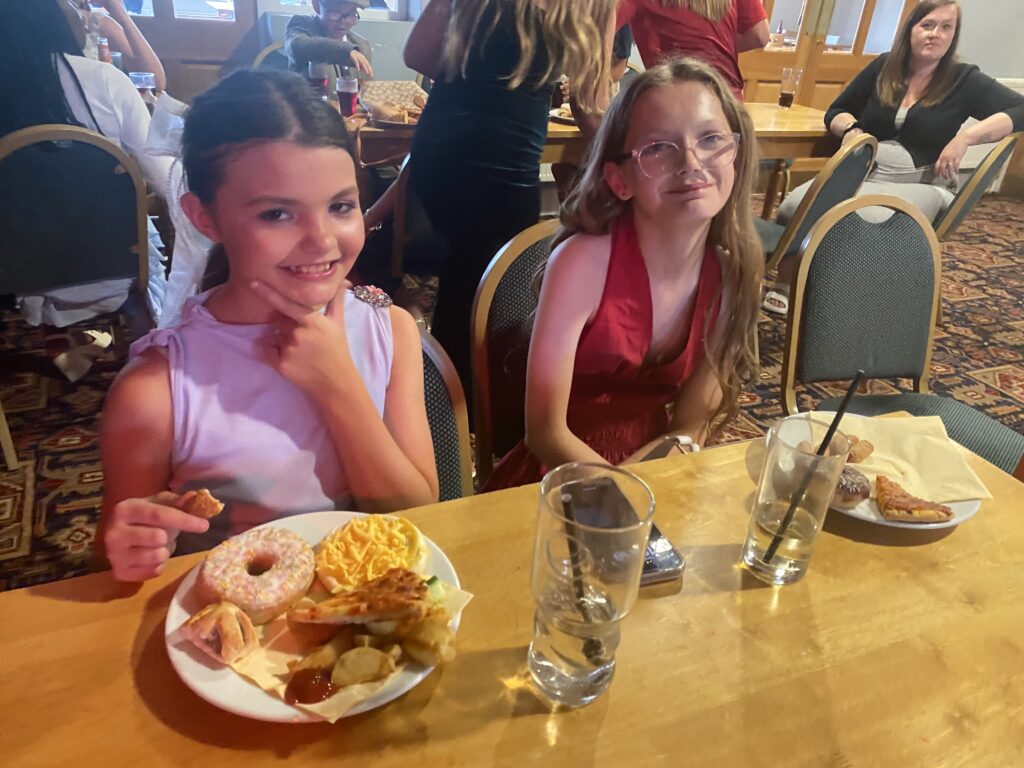
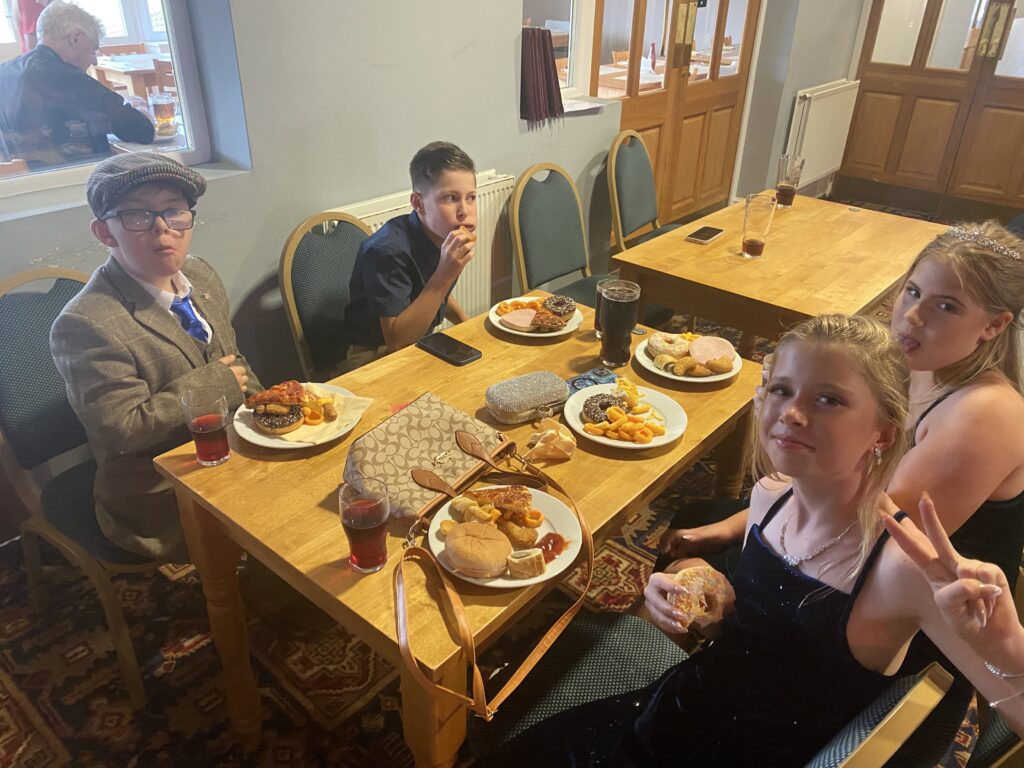





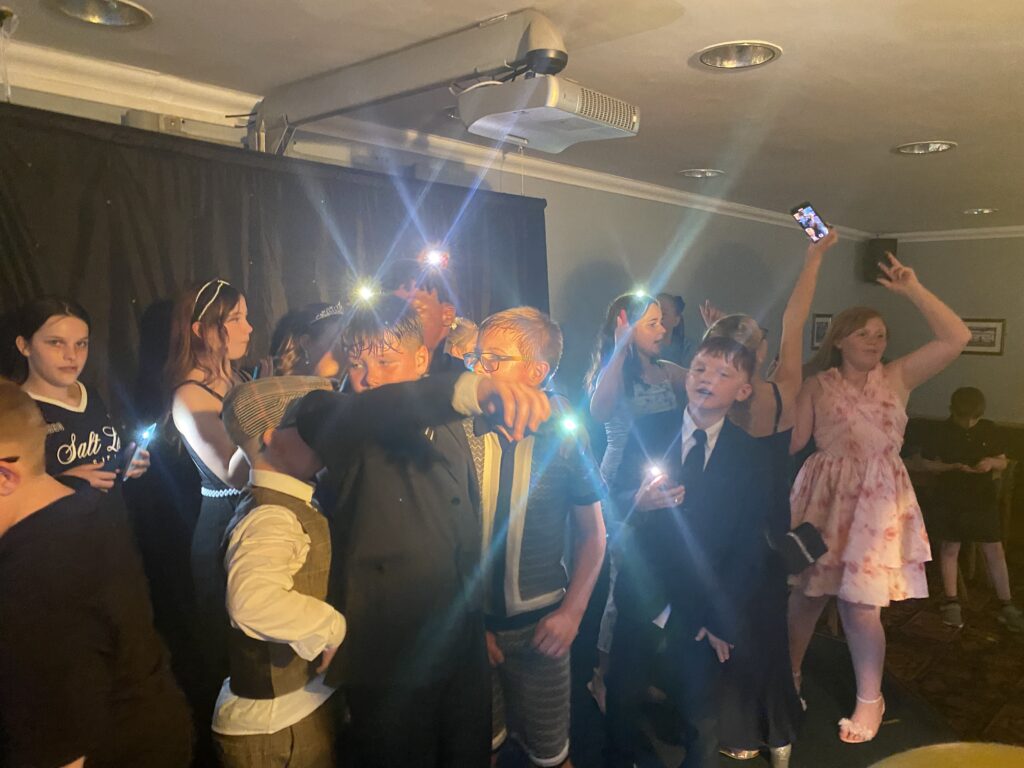




















Our confident Year 6 readers teamed up with our curious Year 1s to enjoy stories side by side. The room was full of quiet voices, big smiles and lots of turning pages. The best part? We’re not just building better readers—we’re building social skills, confidence and a real love for books. Stay tuned for more stories from our Reading Buddies because when we read together, we really do put the fun into reading!
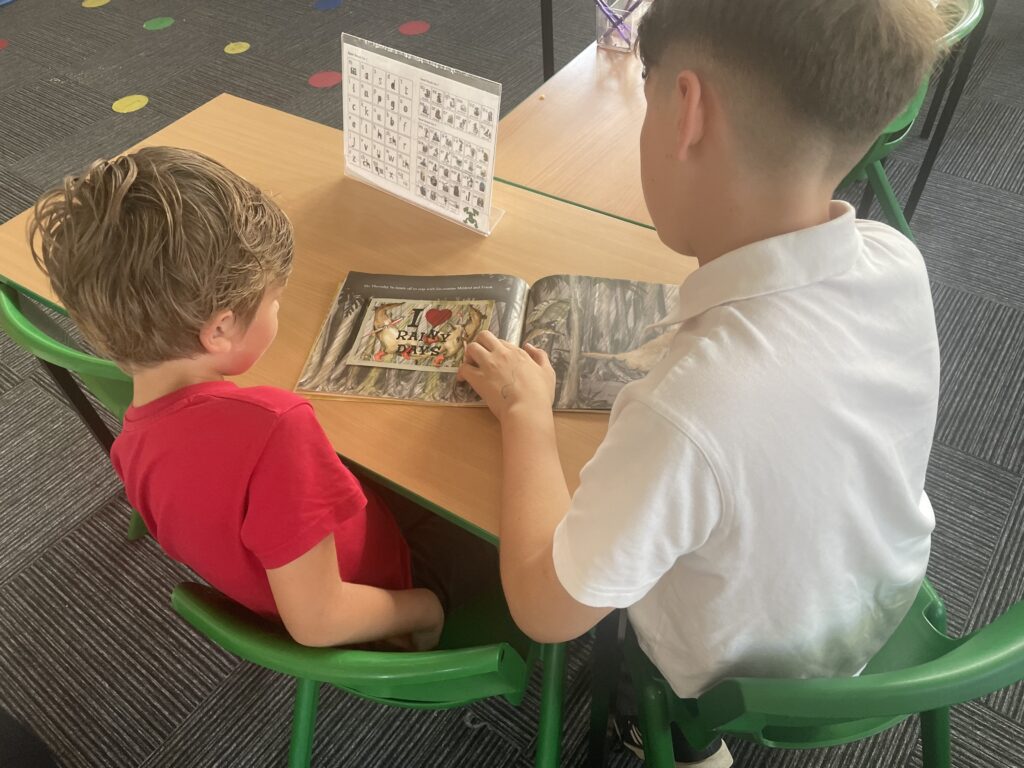




In year 6 we have been constructing and representing simple circuits in a diagram using recognised symbols. We have been fully engaged in experimenting with our physics learning, so much so we have even stayed in at breaks to construct circuits with different components. It has been great to watch us as scientists researching how cells affect the brightness of bulbs and the sound of buzzers.
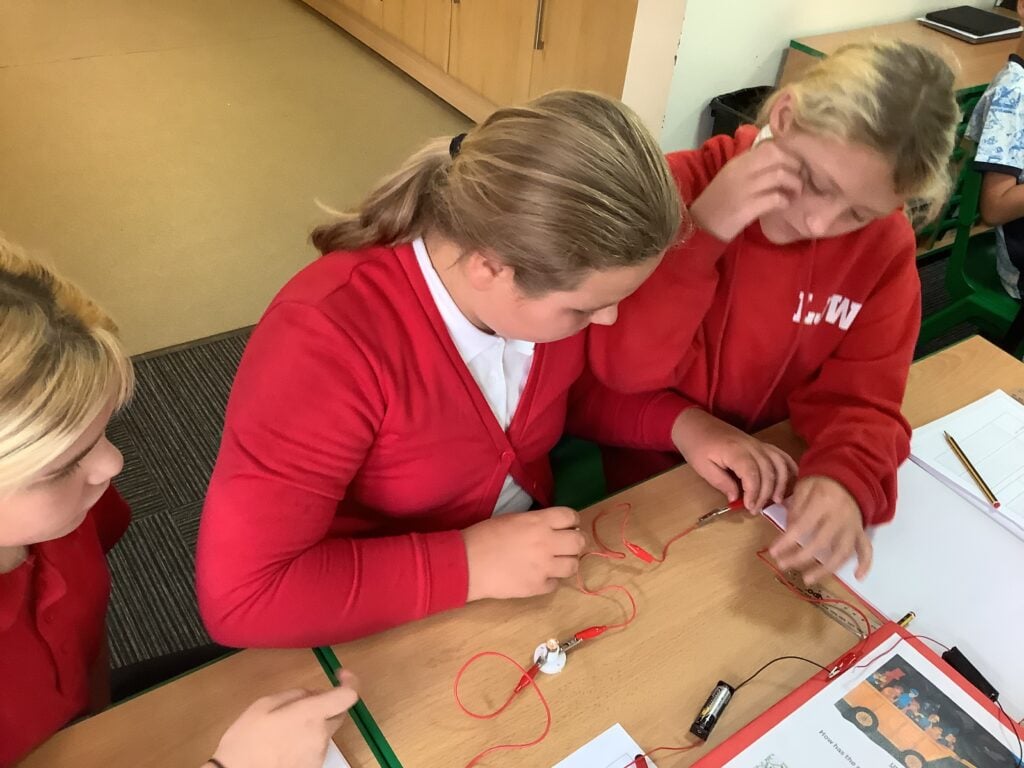


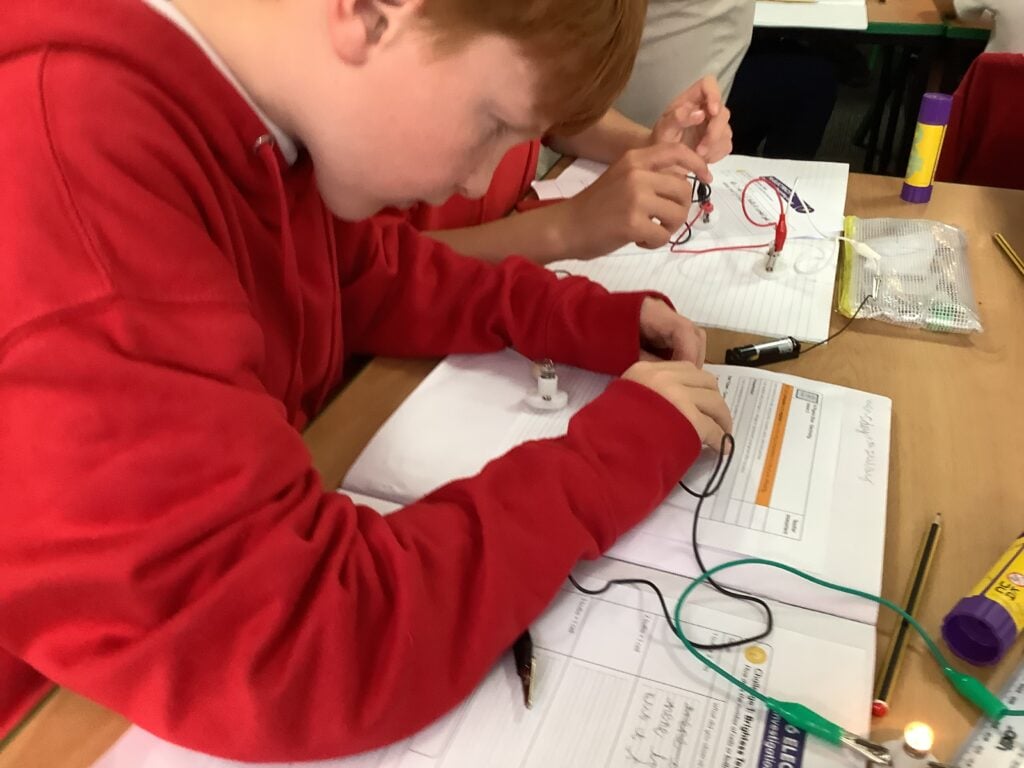





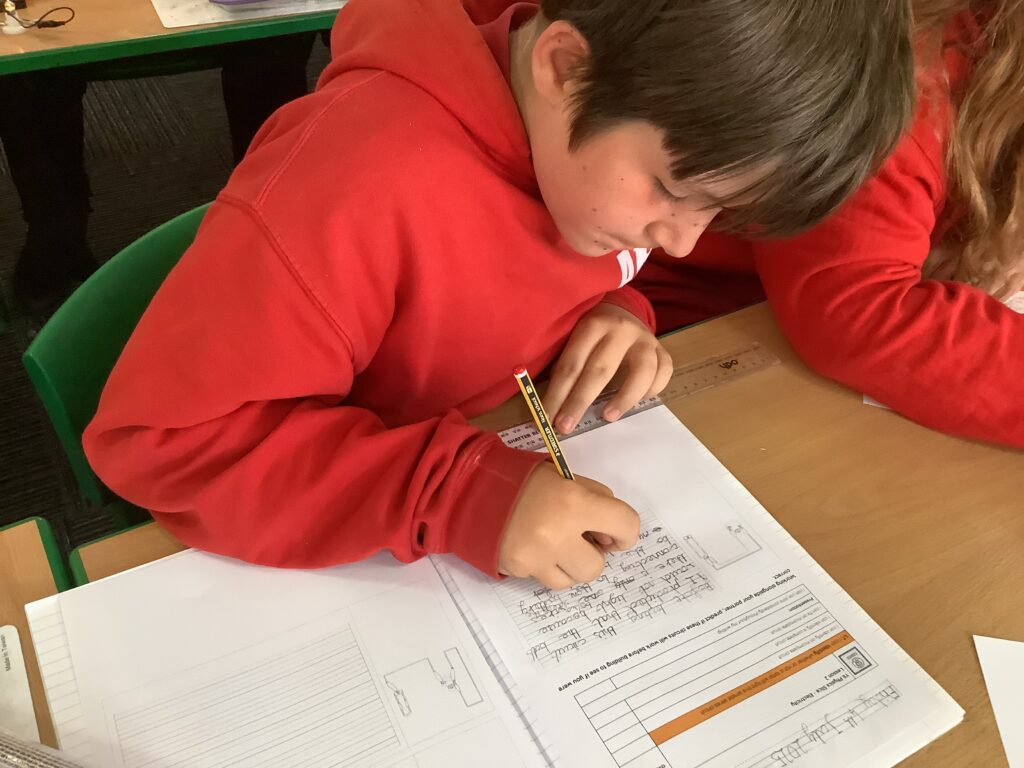

Our Year 6s had the best time ever at PGL! From high ropes and to zip lines, canoeing, and non-stop laughs, it was a week full of adventure, character growth and memories we’ll never forget. The video shows all the fun, team spirit and brave moments as everyone challenged themselves and had loads of fun with friends. A perfect way to round off our time in primary school – check it out!

After a belly full of breakfast, we were ready to roll with our activities: Jacob’s Ladder, Canoeing, fencing and problem solving. Here’s some lovely pictures to show all the fun we are having








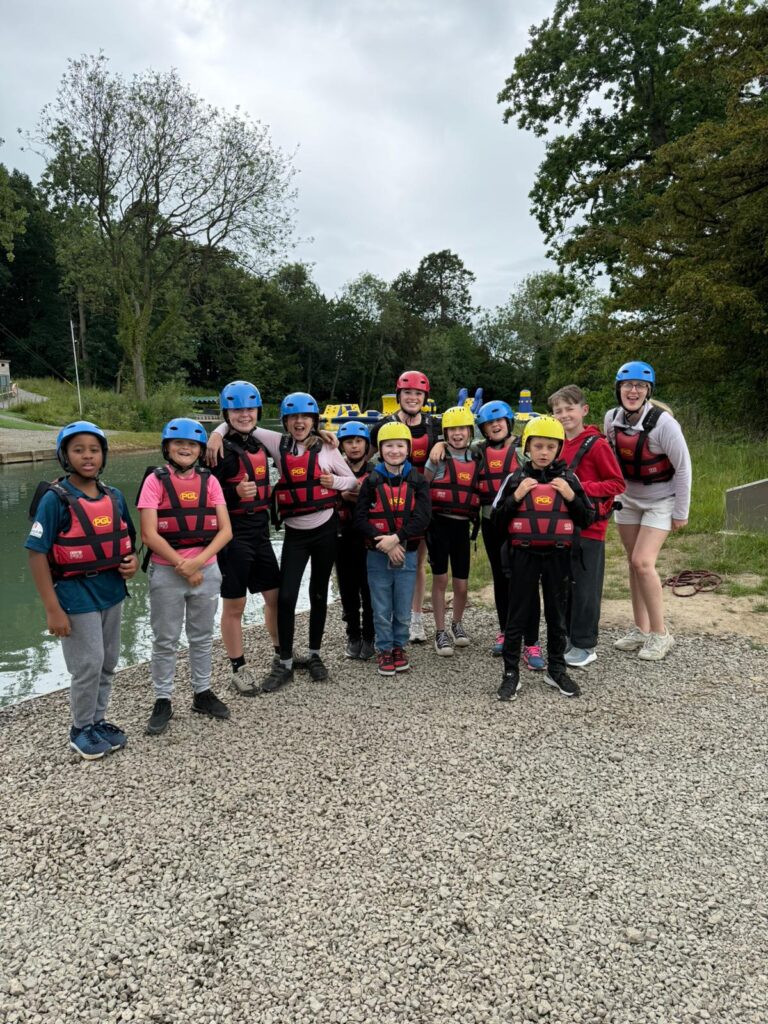




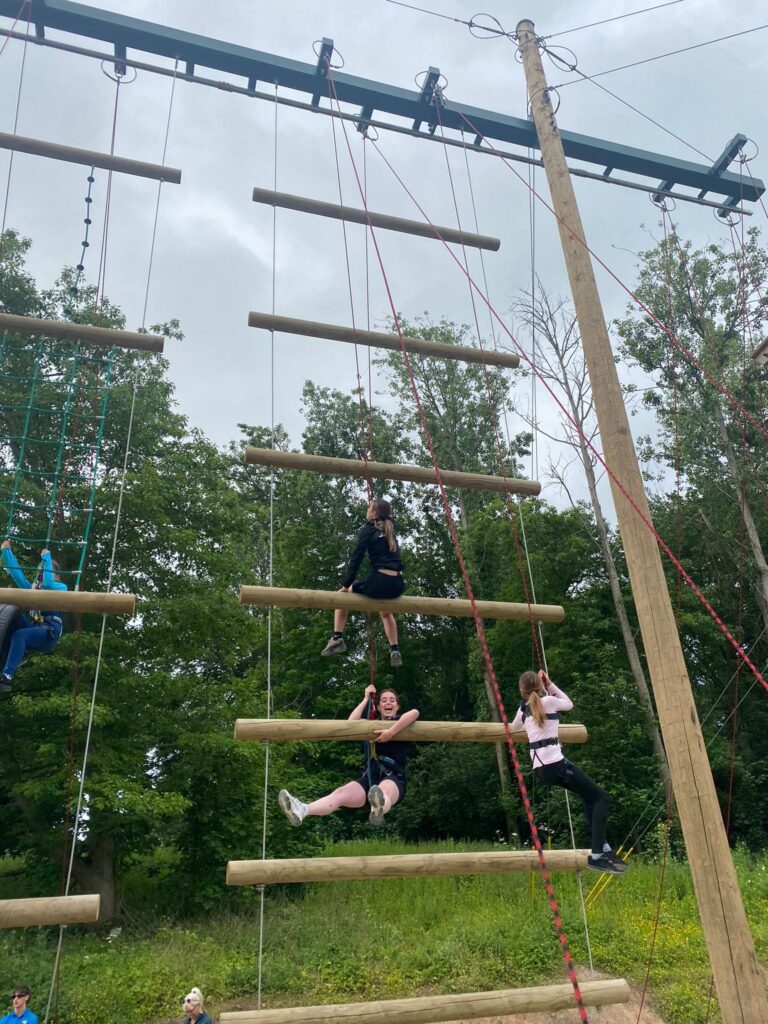



The Year 6 children who remained in school with Mr Wilkinson have been busy practising their mathematics skills to figure out accurate measurements to create their cookies and pizzas. They worked collaboratively by checking measurements, whisking, mixing, kneading, rolling and checking over the method. Everyone ended up with their own pizza and a handful of cookies for the afternoon! A skill many of them haven’t had an abundance of experience with but it is safe to say they all enjoyed baking these!
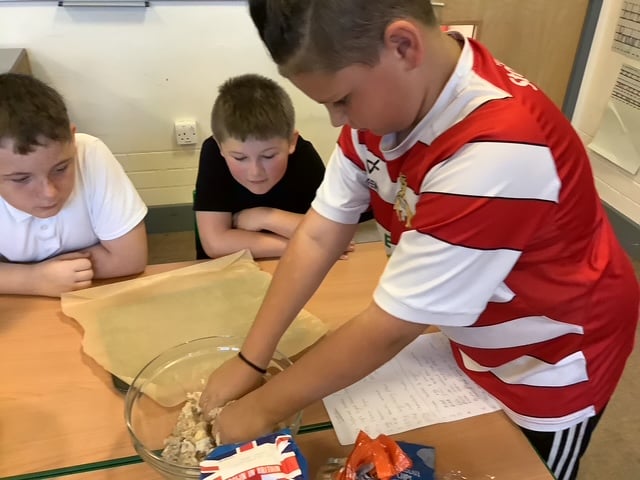




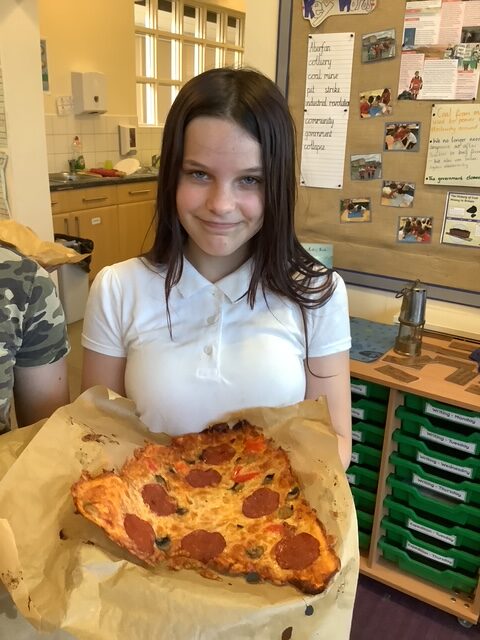
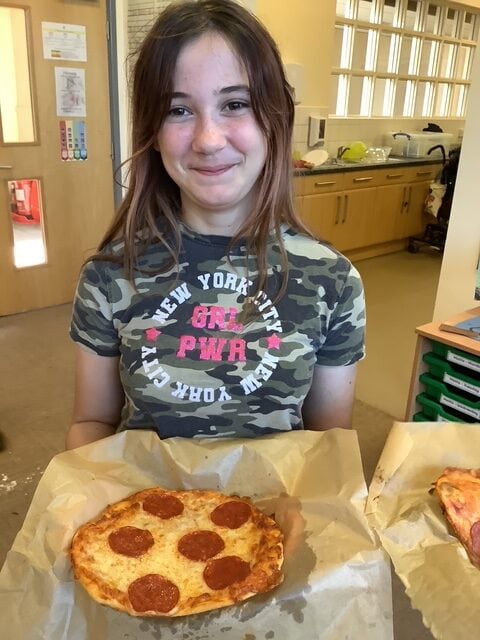





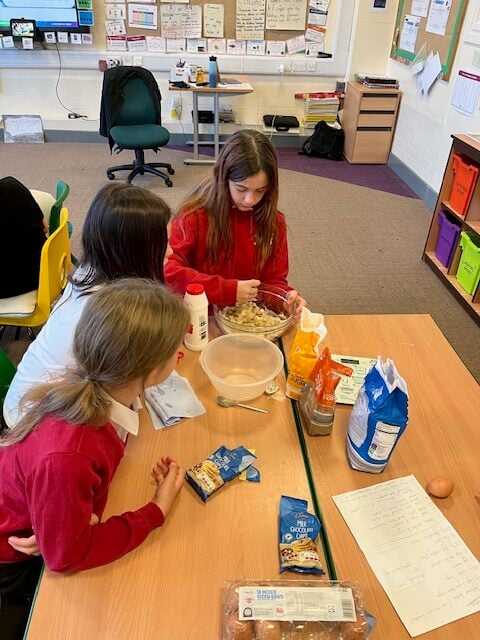


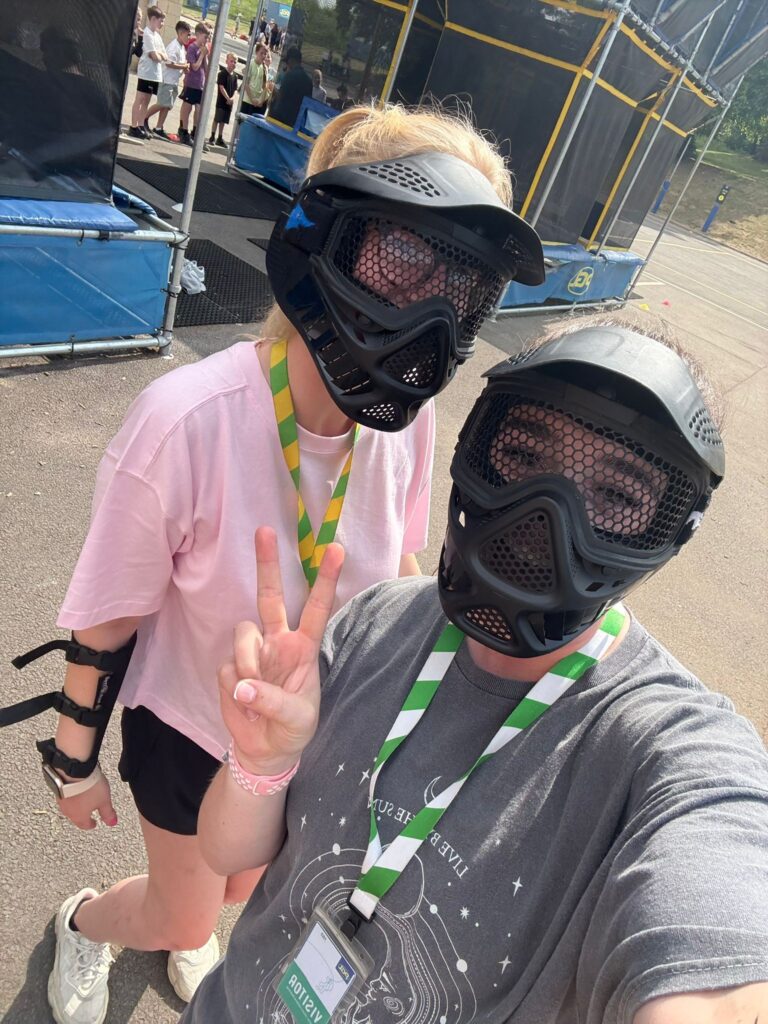




Some great work this week everyone 🙂

What a blast Sports Day was today! All groups worked extremely hard and it was great to see their sportsmanship.

